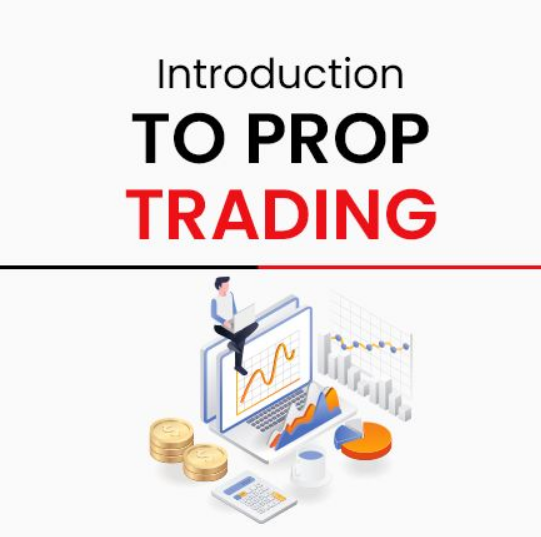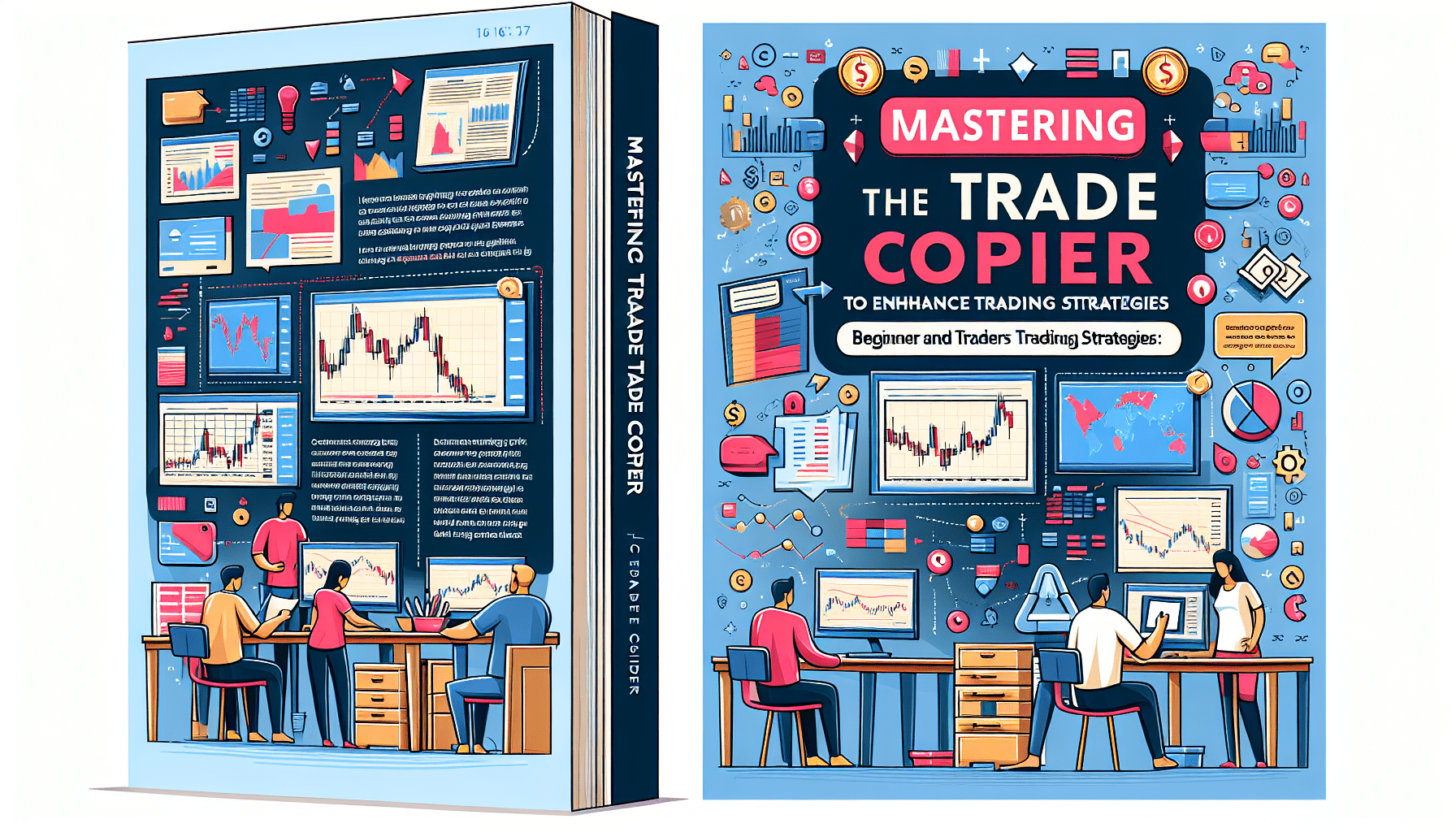Prop Trading Reviews: Strategic Insights for Elite Traders
In today’s dynamic trading landscape, proprietary trading (prop trading) firms are constantly seeking innovative ways to gain an edge. This article offers expert prop trading reviews, focusing on advanced backtesting concepts, detailed tool comparisons, and practical strategies for achieving superior trading outcomes.
Understanding Prop Trading and Its Significance
Prop trading involves trading with a firm’s capital rather than an individual’s, allowing firms to take large positions while managing risk centrally. With rapidly advancing technology and increasingly sophisticated trading algorithms, emphasis on backtesting and tool efficiency is paramount.
Figure 1: Screenshot of a leading backtesting interface showcasing advanced performance metrics.
Advanced Backtesting Techniques for Prop Trading
Backtesting is an indispensable part of strategy development. However, traders must be wary of common pitfalls including overfitting, survivorship bias, look-ahead bias, and data snooping. The following best practices can mitigate these pitfalls:
- Walk-Forward Optimization: Unlike traditional backtesting, walk-forward analysis iteratively tests strategies, adapting to market changes and reducing curve-fitting risks.
- Out-of-Sample Testing: Allocate separate data to validate the strategy, ensuring that past performance is not just a result of overfitting.
- Integration with Forward Testing: Before live trading, integrate backtesting with paper trading to monitor key metrics including drawdown and Sharpe ratio.
Case Study: Overcoming Backtesting Pitfalls in a Prop Firm
One major prop trading firm recently experimented with a strategy that yielded impressive historical results. However, when deployed live, drawdowns exceeded acceptable thresholds. By switching from a simple historical backtest to a rigorous walk-forward testing approach, the firm was able to optimize parameter settings and reduce the maximum drawdown by 15%, while increasing the Sharpe ratio by 0.5. This case underscores the importance of out-of-sample testing and continuous strategy refinement.
Detailed Tool Comparisons for Automated Backtesting
Successful backtesting in prop trading requires choosing the right tools. Below we compare some of the most widely recognized automated backtesting platforms:
| Tool | Backtesting Features | Data Quality & Availability | Integration Capabilities | Pricing & Use Cases |
|---|---|---|---|---|
| TradingView | Vectorized backtesting, script optimization, commission/slippage adjustment | Rich historical data across multiple asset classes with real-time feeds | API access, broker integration, and community-driven widgets | Free and premium tiers suitable for both prop firms and retail traders |
| MetaTrader 5 | Advanced backtesting with multi-threading, built-in stress testing, and parameter optimization | Extensive historical tick and bar data for forex and CFDs | Broad broker integration and API support | Widely used in institutional as well as retail settings, with free demo accounts |
| NinjaTrader | Event-driven backtesting, customizable strategy automation, and analysis reports | High-quality historical data with deep archives for futures and equities | Robust API and brokerage integration, ideal for team collaborations | Subscription-based pricing with special deals for prop firms requiring advanced compliance and scalability features |
Expert Analysis: How These Tools Enhance Prop Trading Strategies
Each tool offers distinct advantages. For example, TradingView’s community insights and ease-of-use make it excellent for rapid prototyping, whereas MT5 provides an environment that closely emulates live market conditions. NinjaTrader’s depth in report generation and customization allows prop firms to manage team strategies efficiently. When selecting a backtesting platform, consider integration capabilities and regulatory compliance features essential for prop trading firms.
Figure 2: A comparative chart detailing key performance metrics of top prop trading tools.
Implementing Automated Backtesting Strategies
Advanced prop trading strategies rely on seamless integration of automated backtesting with live trading. Successful implementation involves:
- Robust Data Sourcing: Ensure the reliability of historical data by sourcing from reputable providers; consider using tick data for precision.
- Automated Parameter Optimization: Utilize tools capable of automated optimization to refine strategy parameters and automate report generation for performance metrics such as profit factor and maximum drawdown.
- Stress Testing and Scenario Analysis: Employ advanced features like scenario analysis to simulate various market conditions and protect against unexpected volatility.
Illustrative Code Sample: Automating Backtesting with Python and Backtrader
import backtrader as bt
class TestStrategy(bt.Strategy):
def __init__(self):
self.sma = bt.indicators.SimpleMovingAverage(self.data.close, period=15)
def next(self):
if self.data.close[0] > self.sma[0]:
self.buy()
elif self.data.close[0] < self.sma[0]:
self.sell()
if __name__ == '__main__':
cerebro = bt.Cerebro()
cerebro.addstrategy(TestStrategy)
data = bt.feeds.YahooFinanceData(dataname='AAPL', fromdate=bt.date2num(bt.dateutil.parser.parse('2020-01-01')),
todate=bt.date2num(bt.dateutil.parser.parse('2021-01-01')))
cerebro.adddata(data)
cerebro.run()
cerebro.plot()
Regulatory Considerations and Compliance in Prop Trading
Regulatory frameworks such as MiFID II, ESMA regulations, and NFA rules play a crucial role in shaping prop trading operations. Firms must implement robust compliance measures along with thorough backtesting procedures. Effective risk management strategies include continuous monitoring of performance metrics, adhering to profit factor targets, and limiting maximum drawdowns.
Risk Management Checklist: A Key Resource for Prop Firms
For precise risk management, prop traders should maintain a detailed checklist that includes:
- Establishment of clear maximum drawdown limits
- Monitoring of Sharpe ratios to ensure risk-adjusted returns
- Regular stress testing and scenario analysis
- Integration of compliance checkpoints into the trading workflow
Download the Comprehensive Risk Management Checklist to safeguard your trading strategies.
Internal Links and Further Reading
For further insights, explore our detailed guide on Advanced Prop Trading Strategies and learn more about our curated Backtesting Best Practices for prop firms.
Conclusion and Actionable Next Steps
This review of prop trading tools and advanced backtesting methodologies offers a clear blueprint for optimizing your trading strategy. By incorporating walk-forward optimization, robust risk management techniques, and leveraging industry-leading tools such as TradingView, MetaTrader 5, and NinjaTrader, prop firms and individual traders can significantly improve performance metrics such as Sharpe ratio and reduce risk exposure.
Pro Tip: Thoroughly test each strategy using both historical and out-of-sample data before transitioning to live trading. For a detailed checklist on integrating backtesting with forward testing, be sure to download our Risk Management Checklist.
As of October 2023, staying ahead in the competitive world of prop trading demands continual learning and adaptation. Embrace these advanced backtesting strategies and tools, and elevate your trading operations to the next level.







